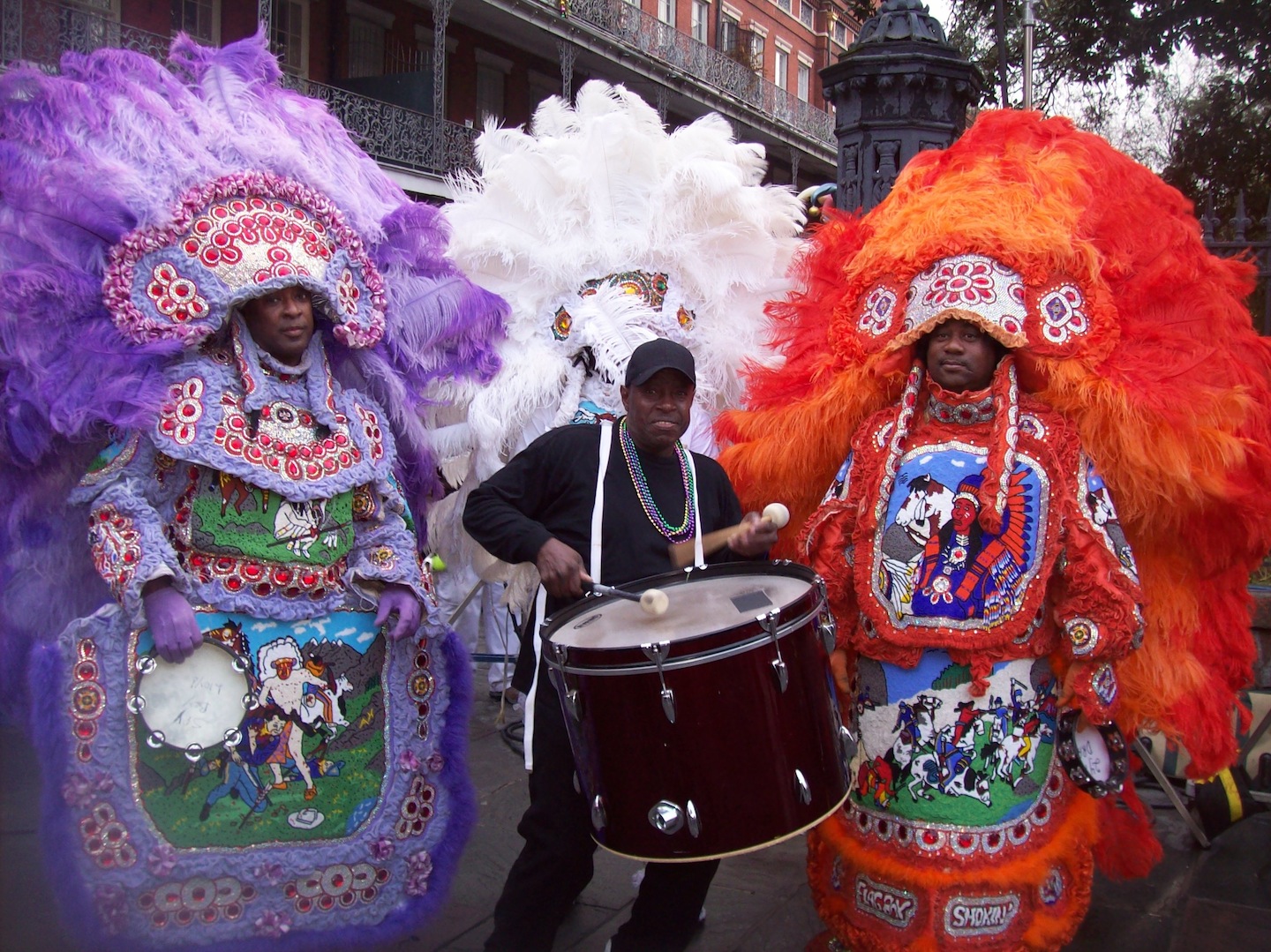When the iron bird flies and horses run on wheels, the Dharma will come to the land of the red faces. – Tibetan Prophecy
S0 – What about those emissaries from Tibet and countless other cultures who have relocated to America and Western Europe specifically for the purpose of teaching their ways? All those Yogis and Sufis and shamans and Taoists and ayahuasca priests and Zen masters and gurus (the word “guru” is now used so commonly in American English that most people probably don’t realize its Hindu origin)?
All those who came to teach Tai Chi, Aikido, Judo, Kung Fu, Jujitso, acupuncture, Chinese herbalism, Qi Gung, Karate, Tae Kwon Do, Capoeira, I Ching, Vodoun, Santeria, Candomble, bagpipe, gamelan, didgeridoo, tango, hora, carnival, samba, klezmer, nigun, rebetika, kirtan, raga, sitar, koto, oud, ney, kalimba, belly dance, hula, slack key guitar, ho’oponopono, mariarchi, Cuban Jazz, Balkan choral chant, Flamenco, West African dance, drum and divination, Irish fiddle, Tuvan throat singing, Roma violin, Aztec dance, Oaxacan weaving, Greek dance, Andean pan pipe? How about all that fashion? Those exotic crafts and jewelry? All that food?
Is America really a “melting pot” or is it more of a mosaic? And in the other direction: what about all that enthusiasm for American Jazz in France, or Blues societies in Japan? And, yes, Americans traveling to India to teach meditation?
Or how about the curious case of the Mardi Gras Indians, those African-Americans who have been creating and dancing in astonishingly creative yet seemingly caricature “Indian” outfits in New Orleans since the 1880s? Is this not the most depressing depth of cultural appropriation?
Are they any different from sports mascots such as “Cleveland Indians” or “Washington Redskins”? Or from the American tradition of all-white fraternal orders appropriating any foreign (like the “Shriners”, also known as the Ancient Arabic Order of the Nobles of the Mystic Shrine), or native (such as the “Improved Order of Red Men”, which claimed to have a million members in the 1930s). ) artifacts? The Order of Red Men, by the way, had a women’s auxiliary group, the “Degree of Pocahontas.”
Humor may be our best way out of this. In 2002 a mixed-race intramural basketball team at the University of Northern Colorado called themselves the Fightin’ Whities and raised $100,000 on t-shirt sales.
It turns out that the Mardi Gras Indians have given long and deep thought to the meaning and origins of their masking. They named themselves after Native Americans in appreciation for their historic willingness to assist, protect and often intermarry with escaped slaves. Ronald Lewis, former Council Chief of the Choctaw Hunters and curator of New Orleans’ “House of Dance and Feathers,” writes:
Coming out of slavery, being African American wasn’t socially acceptable. By masking like Native Americans, it created an identity of strength. Native Americans under all the pressure and duress would not concede. These people were almost driven into extinction, and the same kind of feeling came out of slavery, “You’re not going to give us a place here in society, we’ll create our own.” In masking, they paid respect and homage to the Native American by using their identity and making a social statement that despite the odds, they’re not going to stop.
The difference between thistradition and those condescending sports mascots returns us to questions of power and privilege, billionaire owners of sports teams vs. two equally disenfranchised ethnic minorities.
And this example gets more complicated. The tale is told that Allison “Tootie” Montana, the oldest and most famous of the New Orleans Indian maskers, came to New York City to view an exhibition of ancient West African ceremonial art. He exclaimed that it looked exactly like many of the costumes his people had been designing for years, that the Africans had been copying him! Perhaps Montana, who had never been exposed to the art of his ancestors across the water, had intuited these art forms directly from the collective unconscious.
https://madnessatthegates.files.wordpress.com/2016/07/image-000231-1369680050.jpg?w=150&h=100 150w, https://madnessatthegates.files.wordpress.com/2016/07/image-000231-1369680050.jpg?w=300&h=200 300w, https://madnessatthegates.files.wordpress.com/2016/07/image-000231-1369680050.jpg 720w" sizes="(max-width: 557px) 100vw, 557px" />
Tootie Montana (1922-2005)
https://madnessatthegates.files.wordpress.com/2016/07/680d100b287fdbe726643e8a25fc3749.jpg?w=141&h=150 141w, https://madnessatthegates.files.wordpress.com/2016/07/680d100b287fdbe726643e8a25fc3749.jpg?w=282&h=300 282w" sizes="(max-width: 564px) 100vw, 564px" />
Congolese king in regalia
Back to the Tibetans, etc: Aren’t these teachers asking for Americans to appropriate/appreciate their spiritual traditions? And what about those many teachers who have come here because they know that if Americans don’t help introduce those ways into our culture, then – as Martin Prechtel’s teacher told him – those traditions would disappear in their indigenous lands?
Or, like the Kogi people of Colombia, who teach that if modern people don’t learn their ways, the whole world might not survive? As one wise friend tells me in an ironic twist on the old missionary statement, “We must live among them in order to save them!”
Part Four of this essay is here.
